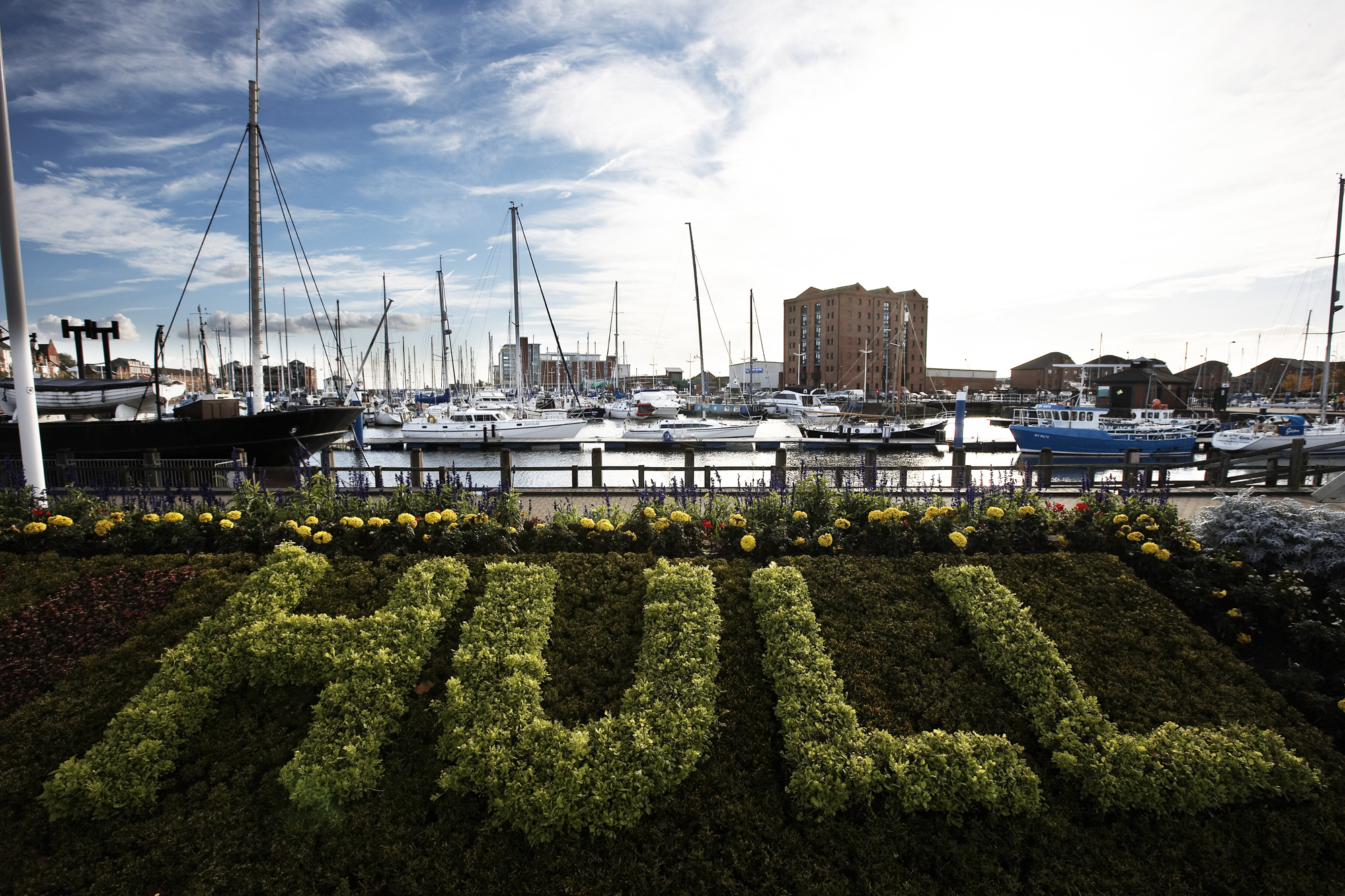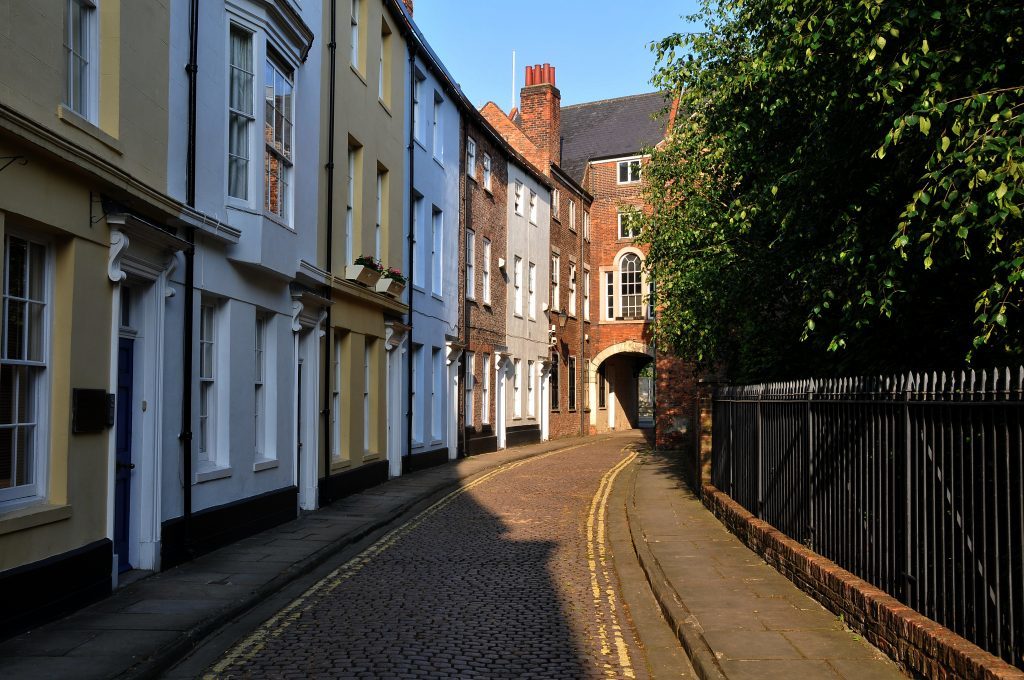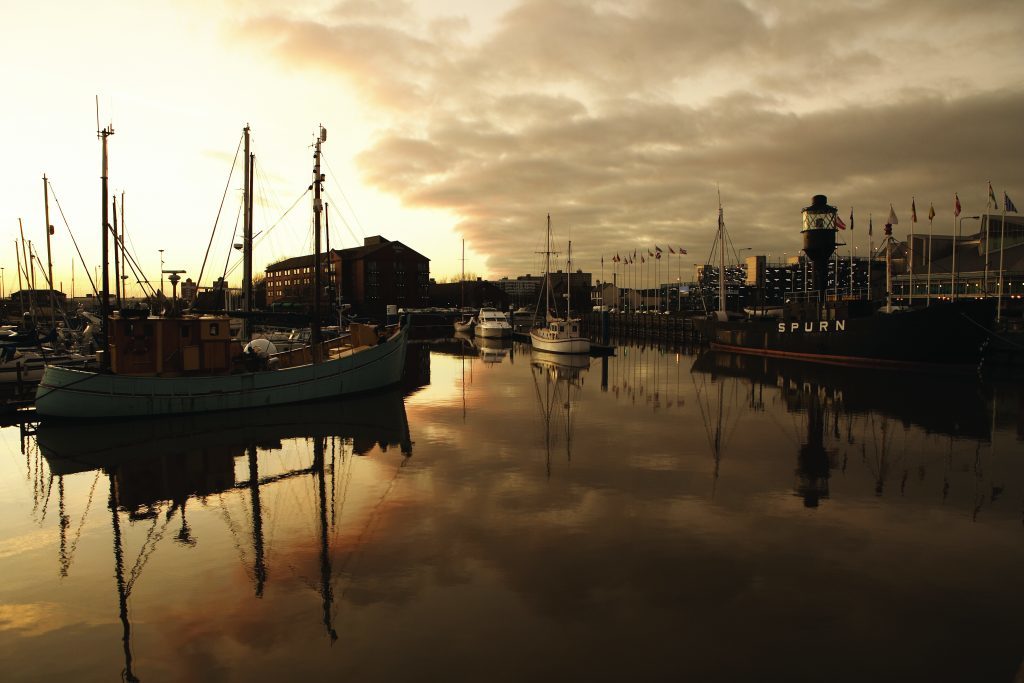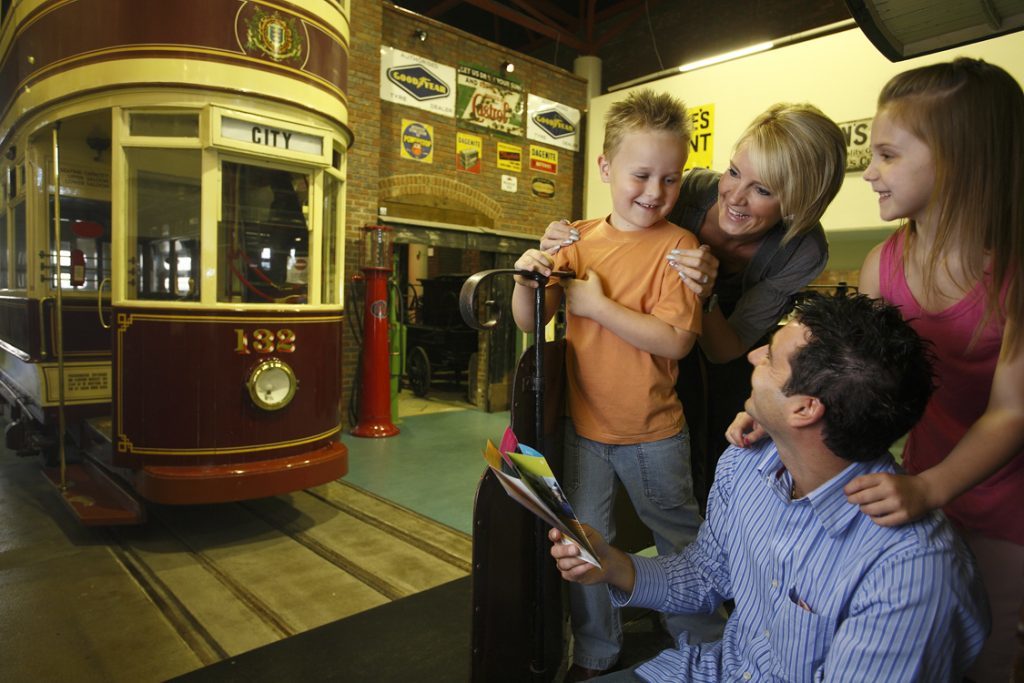
YOU know what it’s like.
Someone important is coming round to visit and you decide the house needs a bit of a spruce up.
One minute you’re giving the place a wee tidy, the next the wallpaper is being scraped off and you’re up to your elbows in paint, making a bigger mess than when you started.
Now imagine that on a city-wide scale and that’s what Hull looks like right now.
It’s in the midst of preparing for its time as the UK City of Culture next year and it seems the local authority has deemed the majority of its footpaths and roads in the centre not up to scratch.
So they’re being dug up – seemingly all at the same time.
Perhaps worst affected on our visit was the city hall area, where a maze of temporary pathways and closures means nipping across the road can require a compass.
But we didn’t let the upheaval bother us when we took a short break there.
We stayed at the Holiday Inn down by the pleasant marina, which gave us a lovely view from our window.
Our first port of call was The Deep, an eye-catching building on the banks of the Humber.
It opened in 2002 as part of the Millennium Project and is now an international player in marine conservation.

There’s plenty of educational information all around the massive exhibition, but it’s the sea life we were here to see and we weren’t disappointed.
The Endless Ocean display, no doubt named after the fact that it is one of Europe’s biggest tanks containing 2.5 million litres of water and 87 tonnes of salt, is home to a variety of sharks, stingrays, whiptails and Green Sawfish (one of only six in Europe).
But the undoubted stars of the show are the Gentoo penguins, which have a space covering three floors and their own outdoor balcony. We counted 10 penguins, which all seemed happy in their specially-built space that’s themed on an abandoned whaling port in Grytviken in the Antarctica. This is where explorer Ernest Shackleton took his ship Endurance in 1914, which was crewed mostly by mariners from Hull.
From The Deep we made the short walk to the snug city centre, taking a wander through the Old Town, which has a good selection of chain and independent restaurants to stop for some food.
Also worth a visit is Holy Trinity Church, a stunning building dating back more than 700 years and featuring in the Guinness Book of Records as England’s largest parish church by area.
There are lots of museums in Hull, too.

Three of them are handily side by side in the Museum Quarter and we visited the Hull and East Riding Museum, a cavernous treasure trove featuring Roman mosaics, dinosaur bones and the history of the area.
The Streetlife Museum is like a smaller version of Glasgow’s Riverside Museum, featuring vintage cars, bicycles, trams and train carriages, as well as a 1940s street scene.
There’s also the Hull Maritime Museum, located just across from the City Hall and featuring a whale skeleton, and two living museums on the water – the Arctic Cosair, which is Hull’s last sidewinder trawler, and the Spurn Lightship, which guided ships safely through the River Humber for nearly 50 years.
Throughout our visit the locals were extremely polite and friendly and are obviously very proud of their home city.
One lady who was passing as we stood under one of the many handy direction signs dotted around the pavements stopped and told us the best places and areas to visit.
Everyone we spoke to was also apologetic about the number of roads and paths dug up throughout the city centre.
I’m sure it’ll look lovely once it’s finished. And we might come back for a look around – and a visit to a few more of the museums – once it is.
READ MORE
High points galore along the Yorkshire Heritage Coast
Yorkshire’s Bridlington sees tourism revenues rise with release of Dad’s Army film

Enjoy the convenience of having The Sunday Post delivered as a digital ePaper straight to your smartphone, tablet or computer.
Subscribe for only £5.49 a month and enjoy all the benefits of the printed paper as a digital replica.
Subscribe